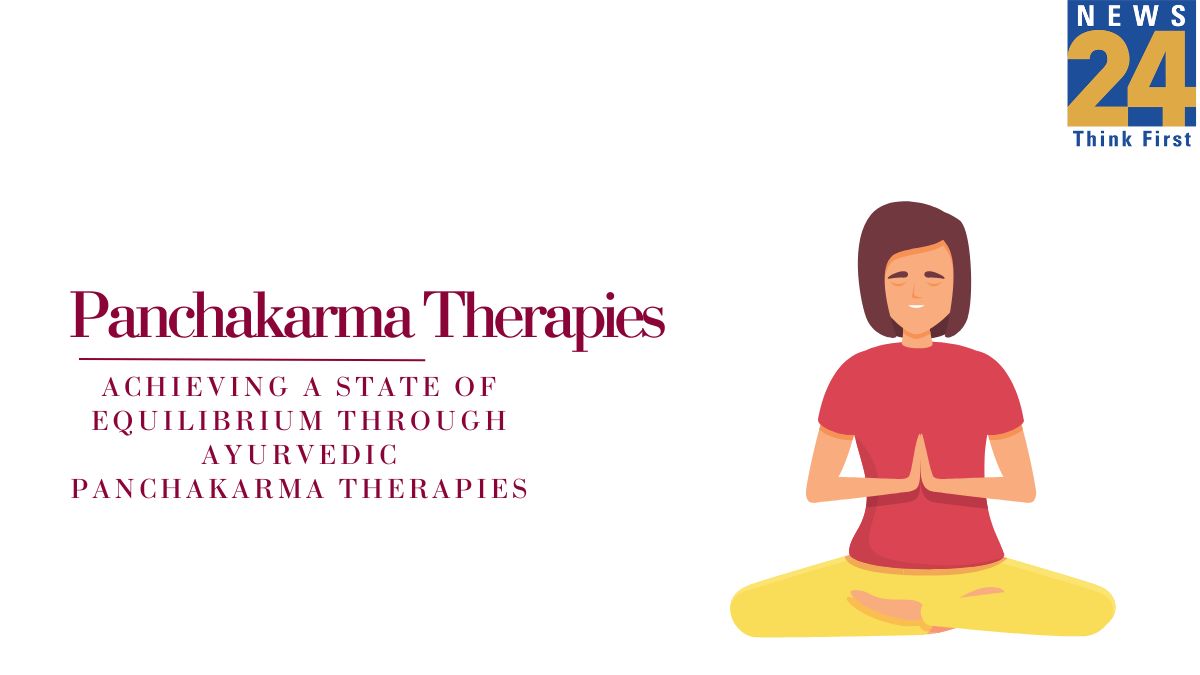‘Panchakarma’ is a Sanskrit word that means ‘five actions’ or ‘five treatments’. Today it is fast picking up because of the holistic approach that it adopts for the well-being of body, mind, and soul. How about experiencing one of these therapies?
What is Panchakarma Therapy?
Panchakarma is a therapeutic approach that is overwhelmingly transformative. It is an arrangement of five therapeutic procedures that aim to detoxify, rejuvenate, and restore the balance that is lost in body, mind, and spirit. It endeavors to achieve an equilibrium in the three doshas namely vata, pitta, and kapha. With the balance lost in them come numerous ailments that can strike a person.
Two Basic Principles of Panchakarma
There are two basic principles that govern panchakarma therapies. The first principle states that when there is excess amam or toxins in the body an imbalance is struck and the second states that there is a rejuvenation therapy that restores the balance and brings it back to a state of equilibrium. When categorized they fall under two heads: shodhana and shaman. Hence these two principles get rid of toxins and get the body back on track with a balance in the equilibrium.
Also read Panchakarma in Ayurveda
Panchakarma Therapies
According to Ayurveda, the five panchakarma therapies are as follows.
Vamana
This is a therapeutic emesis treatment used in the body to cleanse the upper gastrointestinal tract by induced vomiting. This action is initiated from the stomach to the duodenum and also parts of the respiratory tract. It rids the body of toxins and impurities and gives relief from respiratory and skin disorders. It is effective on any condition that is a result of toxin accumulation in the body.
Virechanam (Purgation)
This therapy helps to combat constipation, skin disorders and any disorder caused by accumulation of toxins. It is carried out after oleation and formentation, wherein the toxins are loosened and discharged after liquefaction. It activates the bowel movements that clean the lower gastrointestinal tract from the duodenum down to the anus or the exit.
Anuvasana (Enema Using Medicated Oil)
In this cleansing therapy, medicated oils are used to clear the rectal area and get rid of lipid-soluble waste via the anus. This method capitalizes the introduction of warm oil into the rectum by using enema. The sole purpose of this therapy is to lubricate and clean the rectal area. This stimulates the release of toxins and various other impurities that may have gathered in the body.
Nasyam
In the nasyam therapy, medicated substances are induced through the nose with the aim of cleansing the respiratory tract and paranasal sinuses and thereby clearing the nasal passages and sinuses from toxins and impurities. This boosts the overall well-being of the respiratory system. It is highly advantageous to treat conditions like sinusitis, various respiratory disorders and nasal congestion.
Astapana Vasti (Therapeutic Decoction Enema)
This therapy apportions a decoction into the rectum and colon via the anus. This decoction is primarily a liquid extract consisting of herbs boiled in water. It cleanses and boosts functioning of the colon and rectal area bringing relief for certain conditions.
Conclusion
Panchakarm, a therapy is one of the most comprehensive and all-healing therapies that has ever existed since times immemorial. It not only rejuvenates the total body, but also is a healing process for the soul and mind.
Also watch Sanjeevani: Benefits of Panchakarma













